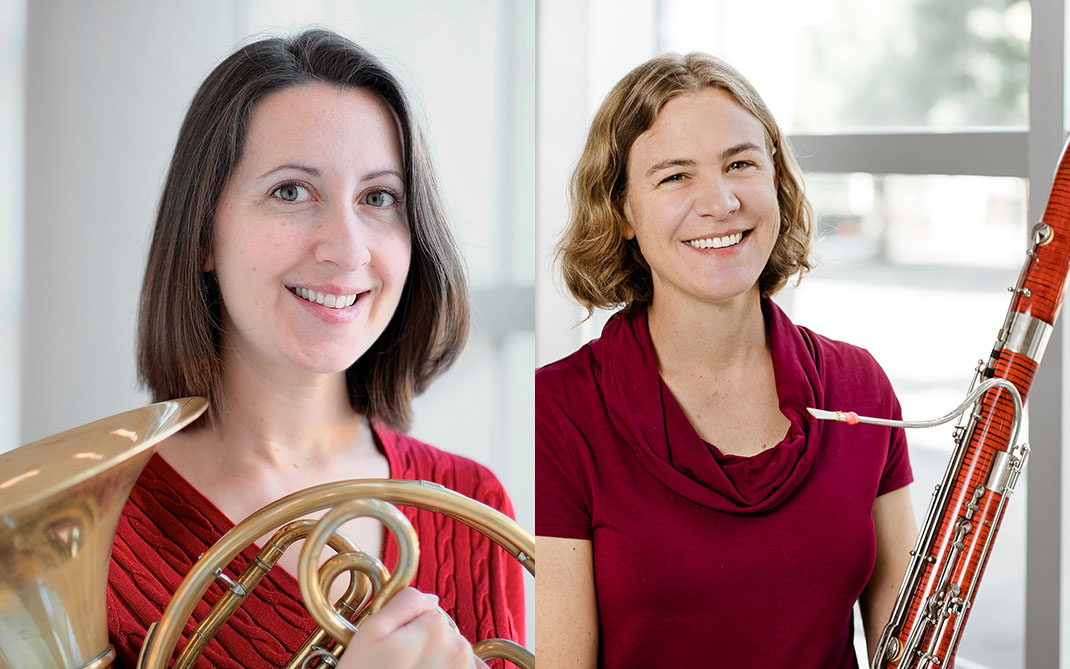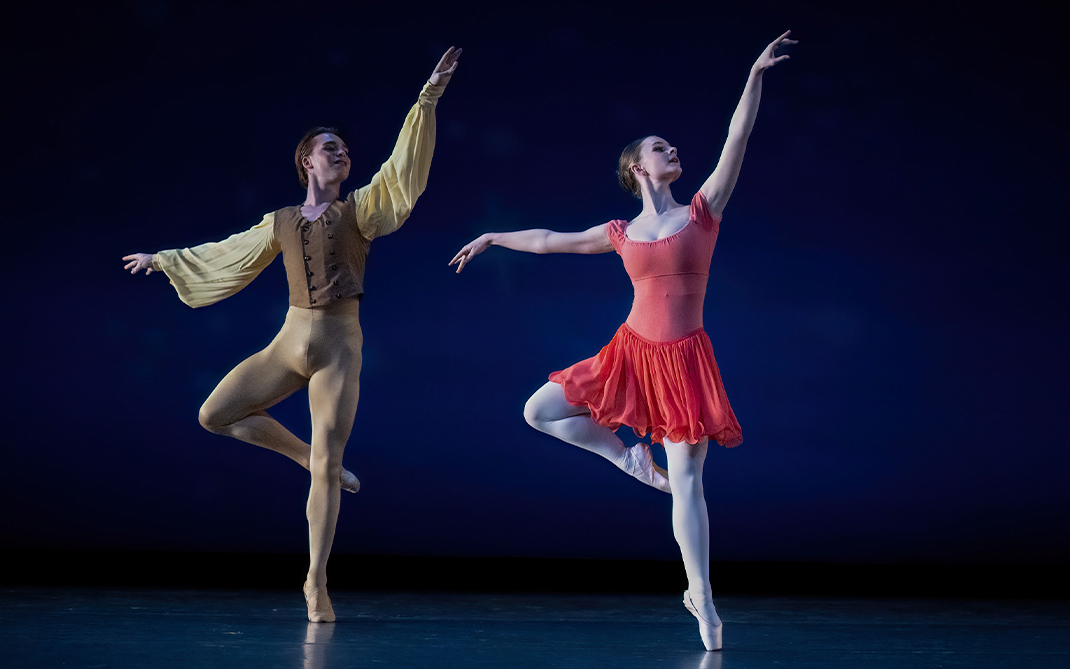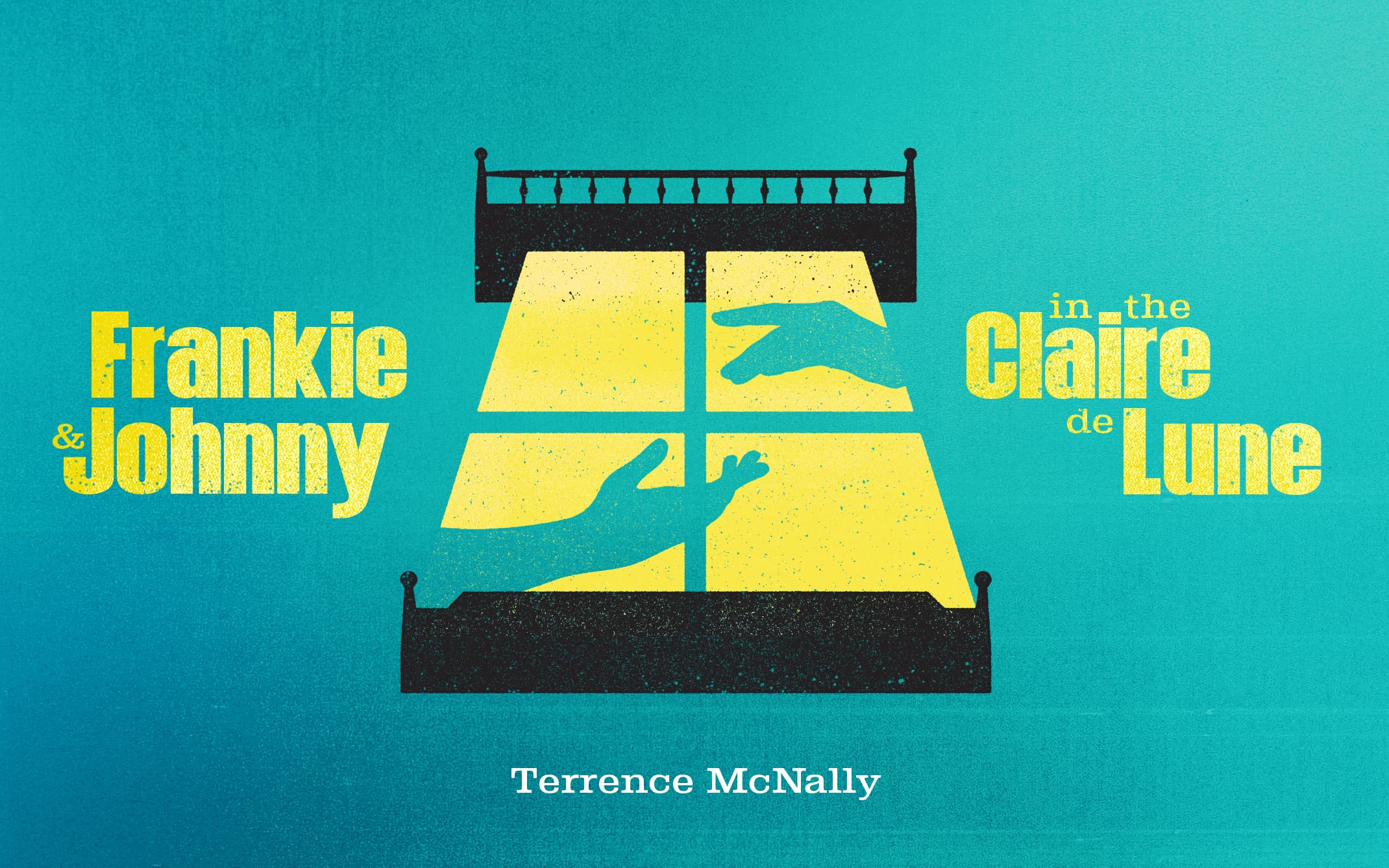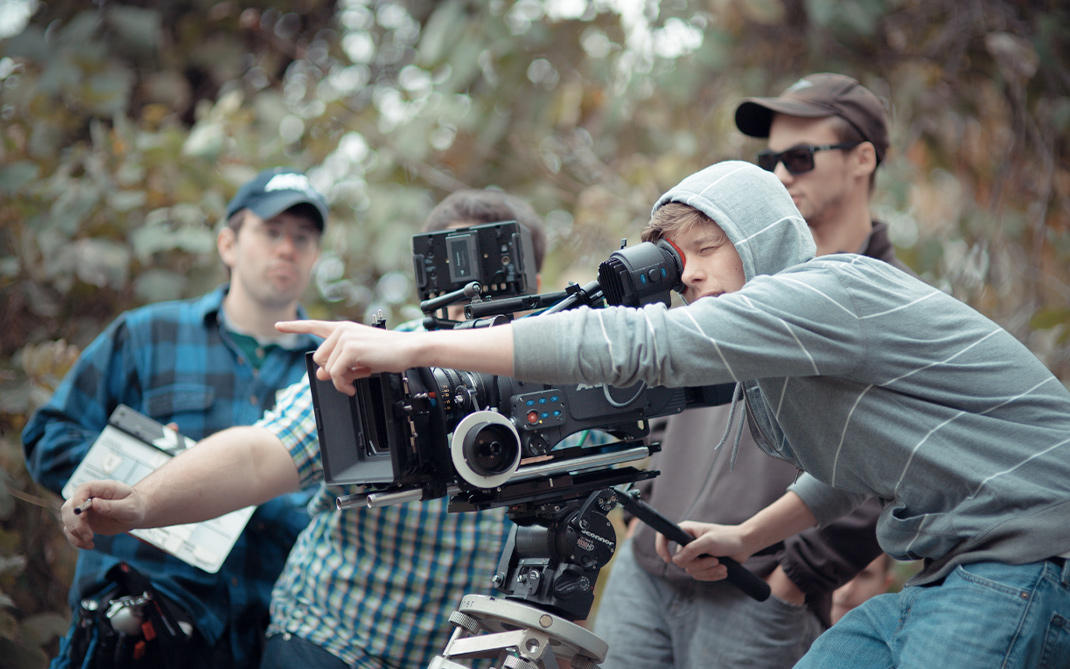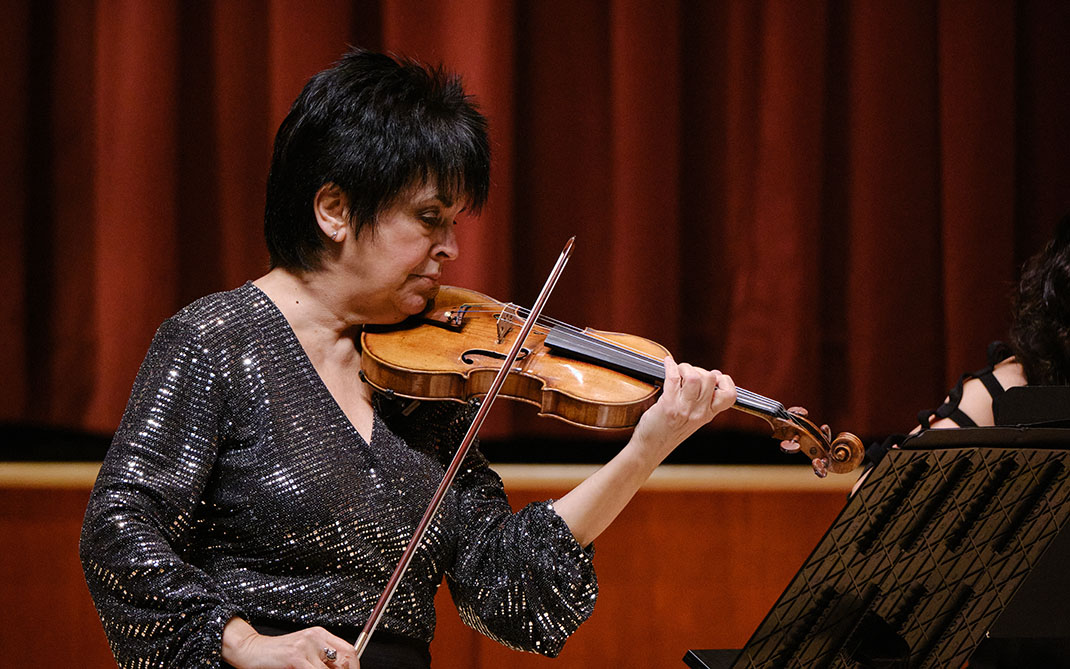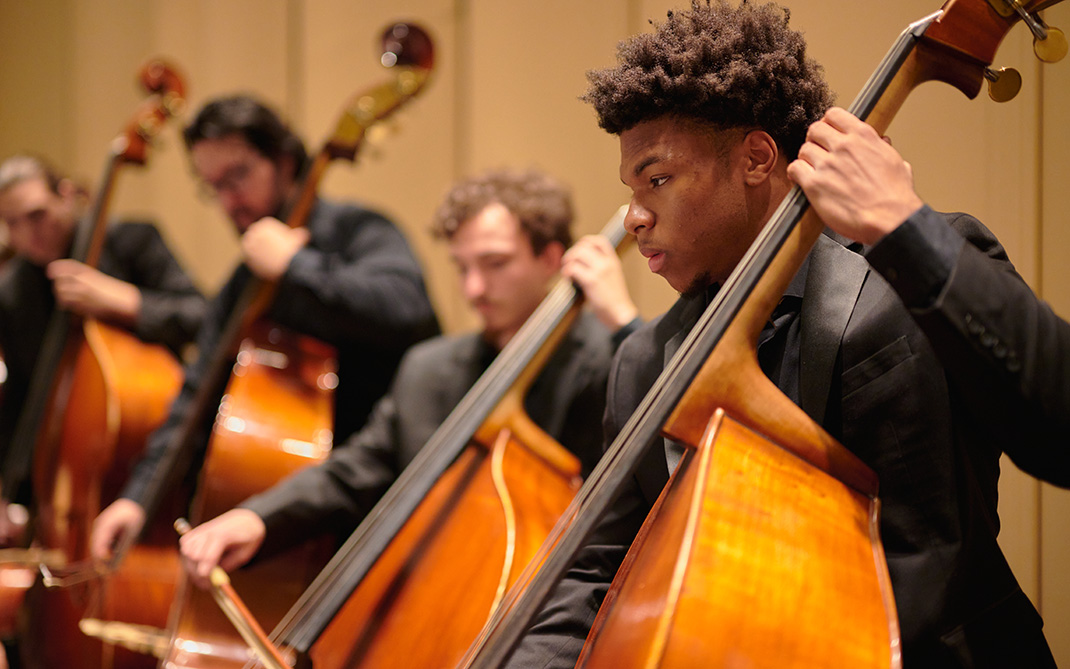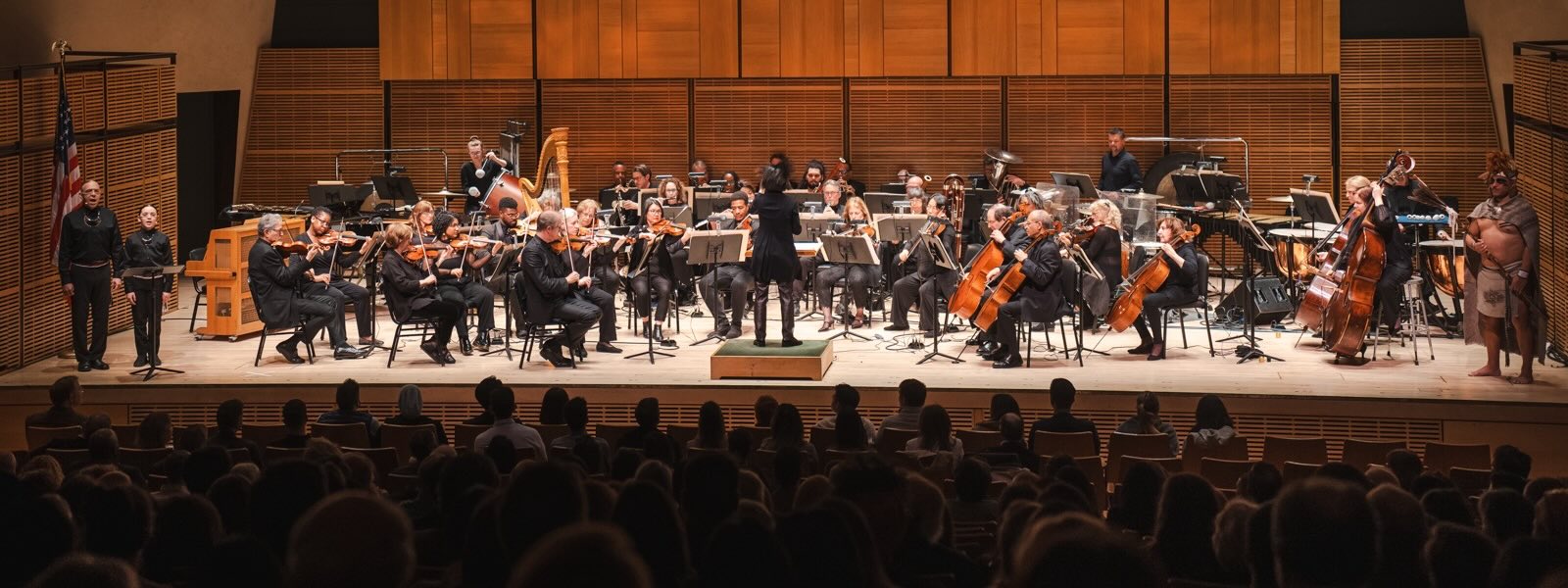Jerod Tate
The views and opinions expressed by speakers and presenters in connection with Art Restart are their own, and not an endorsement by the Thomas S. Kenan Institute for the Arts and the UNC School of the Arts. This interview has been edited for length and clarity.
Jerod Impichchaachaaha’ Tate’s compositions are finding evermore ardent fans among the public and musical institutions alike. This interview took place just days after his return to his Oklahoma City home from an eventful week in New York. While there he heard the New York Philharmonic play the string-arrangement premiere of his piece “Pisachi.” He also not only experienced the Carnegie Hall premiere of his “Clans” performed by the American Composers Orchestra; he also performed in it, singing alongside his 10-year-old son, Heloha. Onstage as well were several fellow members of the Chickasaw Nation dressed in traditional regalia.
Jerod’s work has been performed all over the country, and the rest of this musical season will remain busy for him. Dover String Quartet is touring his new quartet, “Woodland Songs”; Oklahoma’s Canterbury Voices premieres his first opera, “Loksi’ Shaali’ (Shell Shaker);” and he will curate an all-American-Indian program in Washington D.C. for the PostClassical Ensemble. Jerod is also a 2024 United States Artists Fellow, and the Thomas S. Kenan Institute for the Arts is a proud sponsor of his fellowship.
In this interview, Jerod, who is a 2022 inductee into the Chickasaw Hall of Fame, describes how he developed his distinctive multi-traditional composition style as well as his hyper-local and collaborative ethos.
Choose a question below to begin exploring the interview:
- At what point did you start composing, particularly by merging two musical traditions?
- How do you go about steeping yourself in a Native culture that is not Chickasaw? What kind of research is involved, and how much more time and effort does that add to your composition work?
- When an ensemble or orchestra commissions you to create a new piece, how do you work with them? How do you create that relationship with a commissioning body to make sure that they’ll be able to present your piece as you want it heard?
- If you were handed the keys to a classical-music ensemble where you are now or near where you are, what do you think would be your first order of business?
- Looking at the rest of your artmaking and performance calendar through 2024, what are you most looking forward to?
Pier Carlo Talenti: You were trained as a classical pianist, is that correct?
Jerod Impichchaachaaha’ Tate: Yes.
Pier Carlo: Which means that you were completely immersed in the Western classical canon. At what point did you start composing, particularly by merging two musical traditions?
Jerod: Well, I’ll give you a little background about myself, and this will answer a lot of perspective questions. Of course, I come from my parents, and my father, Charles, is Chickasaw from Oklahoma. Dad professionally was a tribal judge and special district judge, an attorney. With my dad’s profession, I grew very immersed in North American Indian history and law and politics, and I just had a really, really great cosmopolitan general education about Indian Country in general, along with being a Chickasaw person. I was saturated with my own tribal culture but also cultures from other tribes around North America. My dad just gave me a really, really beautiful education all the way around on those fronts.
But also, Dad is a phenomenally trained classical pianist and baritone, and so my father, my Chickasaw father, was the one that started me on the piano. I grew up with him singing and playing repertoire in the house. One thing I’d love to brag about is my dad also played accordion, and he gigged accordion in restaurants. My father would sing classical arias on accordion in restaurants. It was like “Lady and the Tramp.” [He laughs.] Here you’ve got this Chickasaw guy doing this in Oklahoma. Only in America could you see something like this happening.
Something that a lot of folks are not aware of is that the history of American Indians is very, very robust and very, very rich, and we’ve had contact across the seas for the last 600, 700 years. It wasn’t just all at once; it was in little chunks and migrations. And just like any part of the world, when two cultures come in contact with each other, they immediately share and trade. That’s just normal to human experience.
Pier Carlo: But in terms of cultural exchanges, what we haven’t generally heard is a marriage of classical Western music with Chickasaw music.
Jerod: Well, that’s very true. There are no other symphonic Chickasaw composers, and so I’m a little unique on that front. However, the idea is not new to Indian Country. Little by little, more American Indians are being more and more involved in different professions and genres of art. In fact, we have martial arts that we teach in the Chickasaw language, all with Chickasaw commands, so it’s not just Western that we are mixing things with; we also have different cultures around the world that we do the same with.
To be honest with you, I have a little bit of pushback on the idea of “Western classical meets” or “versus” or something like that because the idea of Western classical music didn’t originate in one time zone that contains Paris and London. In fact, the history of Western fine art in general, in all of the genres of theater and dance and music and visual arts, has its roots in Northern Africa and the Middle East before Europe was indoctrinated and became proficient at that and gave its contribution. Europe is actually only one chapter of the development of the fine arts that now exist all over the world.
If you think about it, the fine arts that came from Greece, like in music, it’s like a sentient being. It had its roots in a very specific discipline in learning music, but it moves all over the planet. Wherever it goes, it literally is begging people to bring in their individual identity into a specific discipline, and that’s exactly what it did. If you look at Europe as a microcosm of that world, it went to Italy and then it went to France and then Great Britain and then of course to Russia. And the competition every single time it moved around was very, very intense and positively fierce. Then after that, it made its way across the oceans.
So you’ve got composers like Tōru Takemitsu, who is an unbelievably Japanese symphonic composer, undeniably Japanese; you’ve got Chinary Ung, who is undeniably Cambodian; and of course then you’ve got people like Charles Ives and George Crumb, who were extremely American in their approach. This happens all over the planet. The fine arts do that very much like the martial arts do. Everybody can learn the martial arts. The discipline remains, but people bring in their own energy, and their own identity into the discipline of the art.
Pier Carlo: Absolutely. Art always borrows, steals, evolves.
Jerod: Bingo.
Pier Carlo: And now, with social media, art is evolving even faster.
Jerod: Oh my gosh, I listen to Spotify all the time, and so I’m constantly re-influenced as a modern composer, and I really, really enjoy that.
That brings you to the second chapter of my artistic journey. My mother, Patricia, was Manx, so I am Manx and Chickasaw. My mother was a professional choreographer and dancer, so between my two parents, I grew up saturated with American musical theater and opera and dance. I grew up being influenced like that. Thanks to my mother, I was also very exposed to the great ballets of Stravinsky and Tchaikovsky and Prokofiev and Ravel and Debussy when I was a kid.
My mother choreographed all of these for her students. She was a teacher at the University of Wyoming for 30 years, and she set these great ballets, so I was saturated with this great symphonic work. Dare I say, the finest symphonic work ever created was for some of these ballets. To me it was normal to hear these types of instrumentations and also the treatment of folk melodies from people’s cultures. You have somebody like Tchaikovsky, with all the national dances and ballets. Well, that was all homage to neighboring cultures from Tchaikovsky’s. I was exposed to a lot of that when I was a kid.
My mother also did original ballets, and at one point she decided she wanted to do something that was relevant to Indian Country in Wyoming. She wanted to do a ballet based on American Indian stories from the Northern Plains and Rockies. She started to put together stories, and she consulted with her Native colleagues up in Wyoming to create the architecture of a collection of stories that she wanted to be in the ballet that included a narrator as well. I was all part of that. She told me the stories and the whole process, and I was very hip to what was happening.
And then came time, and she’s like, “OK, so now, Jerod, I’d really like you to compose the score.” [He laughs.] I about passed out! She’s like, “Well, you’re my Chickasaw classical pianist kid. You can do the score. You know my process.” And she was absolutely correct. Now, I will tell you, I said no. I was absolutely floored by this whole proposal, and I’ll be honest with you, I was overwhelmed because the pressure that I felt from both Indian Country and the classical world was overwhelming. Here I grew up with the finest American Indian visual art and stories and poetry, and I had that weight of Indian Country on my shoulders. And then also here’s Tchaikovsky and Prokofiev. And I’m like, “What am I going to do with myself with all this immense artistic accomplishment on both sides of my upbringing?” Well, I eventually said yes, and that’s how I started composing.
My first work was “Winter Moons,” a ballet score that actually is on Spotify now. We brought in a narrator named Rodney Grant, who is an Omaha Indian actor who lives in Los Angeles now. He’s a good friend of mine; he was one of the stars in “Dances with Wolves.” We asked him to come and be the narrator, and he accepted. He came in like thunder, just absolutely hammering me, saying, “Jerod, you’ve got to do this. This is amazing. You’ve got to become an American Indian symphonic composer. This has got to happen. It’s got to happen.”
Well, Louis Ballard, a Quapaw Cherokee composer from Oklahoma, was also a big hero of mine. Louis was doing very, very similar things as Bartók, where he was framing our cultural music within symphonic literature. I did the ballet, and then I took it down to Louis afterwards in Santa Fe and was able to share that, and he gave me great support, which I’m very grateful for. I just did it in secret because I was so nervous. But Rodney was there saying, “You got to do this.” We premiered the ballet, toured it and had very good success with it. My support from both Indian Country and the classical world was very, very high, and so I decided to go back to the Cleveland Institute of Music and add composition to my degree.
Pier Carlo: Your bio says that you’ve worked in, I believe, 20 native cultures and languages. How do you go about steeping yourself in a Native culture that is not Chickasaw? What kind of research is involved, and how much more time and effort does that add to your composition work?
Jerod: Well, that’s a very, very good question, and I really appreciate being able to talk about that. First of all, one thing I really enjoy doing is when I’m commissioned for new work, I love the idea of creating a work that is in homage and reflective to a culture that’s local to that ensemble. What that does is it brings awareness to that local tribe, and also hopefully it creates a handshake between that arts organization and their local Native people. I see that as an opportunity for handshakes and collaboration. So hopefully, I see myself as a spark or an ambassadorial spark for that, if that makes sense.
Pier Carlo: I hear from so many artists I interview that making a work hyper-local can be really critical.
Jerod: Yes. And what a beautiful opportunity, especially today when we have tools of the internet to where not only can I help do that but my gosh, every single tribe … . We’ve got over 530 tribes in the United States, and all of us have websites and we all have cultural programs. We have our own outreach programs in which we go to local schools and do cultural demonstrations and dances, and we have our own cultural events that the public is invited to.
There’s lots going on in Indian Country, and to be able to be a catalyst of awareness is a real privilege for me. It’s something I get very excited about, and it’s part of my mission to help that awareness. I really want Americans to feel very, very proud of Native people and the fact that we are a very deep part of the fabric of the United States. I’m just enriched with so much opportunity to help that.
With that in mind, I really like to create a work that’s focused on tribal culture that’s local to that organization. I have lots of friends around Indian Country, so I immediately start making phone calls about what’s comfortable, what’s appropriate, all those kinds of things. Because I’m Chickasaw; I’m not Haida, I’m not Lakota. I want to be very, very thoughtful about the work that I’m doing because my intention is that the works that I’m creating are in homage to my Native cousins around North America, and I want to be very, very thoughtful and considerate as well.
So I just start with phone calls and I start talking, and that’s how I start the whole process. Some of the cultures I’m much more familiar with, and some I’m not. Of course, then a lot of people have not met a Chickasaw person themselves from another tribe. That’s something that’s really fun about Indian Country, that we all really love learning about each other and shaking hands and joking around and developing our relationships with each other. It’s not just for other Americans but also for Indian Country. I really, really enjoy helping all American Indians learn about each other, so there’s a lot of those levels going on.
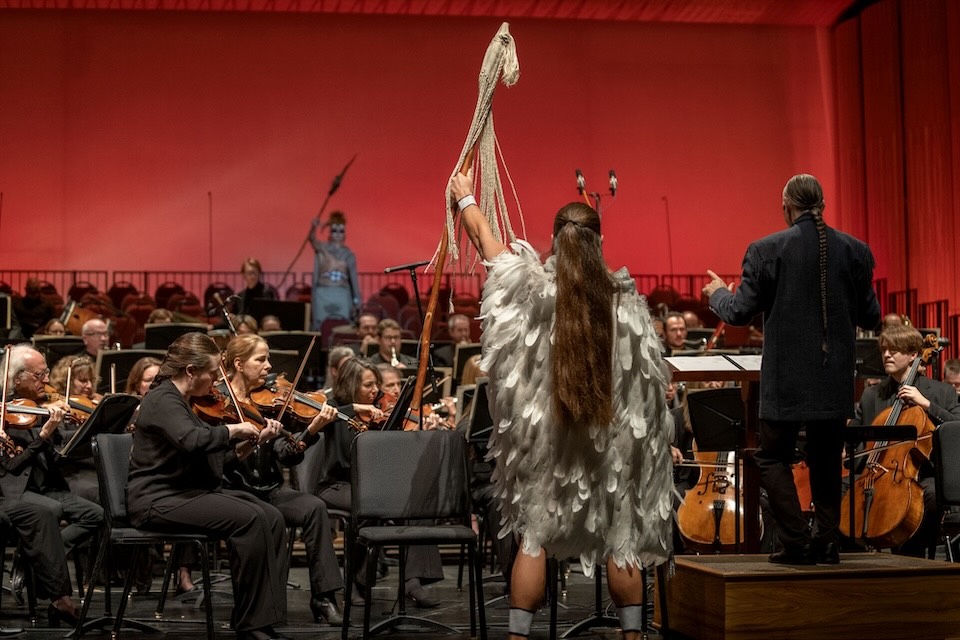
Jerod Tate conducts Nashville String Machine in a performance of "Clans" from his "Lowak Shoppala."
Pier Carlo: When an ensemble or orchestra commissions you to create a new piece, how do you work with them? How do you set up expectations regarding research? Because I imagine an average classical ensemble may not have all the instruments needed, for instance, for the sound you’re creating. So how do you create that relationship with a commissioning body to make sure that they’ll be able to present your piece as you want it heard?
Jerod: Yeah, that’s a terrific question. Well, first of all, I’m really, let’s see here, judicious about using other Native instruments in the orchestra because I don’t like to just jam them together. It’s got to make artistic sense for me to do that. I do combine Native instruments with the orchestra, but it’s generally in the percussion and it’s sparse because the orchestra itself is the color palette that I need.
It’s very much like an American Indian painter, where they’re using acrylics or oil on a canvas with paintbrushes that aren’t necessarily an Indigenous style of materials. But they’re using color palettes that we didn’t have in the past, and so they’re able to create brand new expressions of their tribal identity. That’s what I’m doing with the orchestra. These are phenomenally developed instruments that can create any possible color that I want to, and so when I’m creating colors that hearken to our cultures, I’m using it in a very elusive manner. I’m abstracting as well.
I’m not making literal transcriptions of like, “OK, this is the literal music.” If we’re going to do that, then just go to a stomp dance and listen to stomp-dancing. That’s the folk music straight-up. What I’m doing is I’m abstracting, like all artists do. It’s like a poet abstracts their language in all languages. When you do that, you’re literally deconstructing language and breaking all the rules and reconstructing it in a way that is dreamy or rhapsodic. It’s not the original language. That’s what I’m doing with symphonic music.
There are just all kinds of ways that I can do that. I have a signature sound that’s very Tate-like. There are different things that I do that are characteristic of me that are very driven by an ethos that I feel around North American Indian culture in general. I have that, just like Bartók does. Bartók has a very, very specific Hungarian ethos that he brings into his own folk music. He’s a very good example of that. The guy was transcribing music of his own people, creating harmonies and scales, and he had his own ethos that was reflective of his own people. I’m doing something very, very similar to that. He wasn’t deliberately just throwing in traditional instruments or a traditional singer singing straight up. It was all abstracted and made into a modern artform. I’m doing something very, very similar.
Pier Carlo: As you know, especially post-pandemic, performing arts institutions all over the country have really been struggling to get audiences back. If you were handed the keys to a classical-music ensemble where you are now or near where you are, what do you think would be your first order of business?
Jerod: Oh my gosh. I can tell you with great joy that we have that going on very much in Oklahoma City. For instance, our music director, Alexander Mickelthwate of the Oklahoma City Philharmonic, has this entirely large, embracing attitude, and he has absolutely been like, “You know what? This was our cue, so we’re taking the cue.” He’s just absolutely programming these incredibly robust and dynamic concerts, just incredibly fulfilling repertoire that embraces all kinds of great existing literature and new literature from new composers. This guy creates really, really dynamic and energetic and exciting programs with what you’re just talking about right now in mind.
I will say this. My experience during the pandemic was really cool because I was able to see a lot of probably more mid-level, mid-tier — if you want to put a name to that — ensembles immediately embracing the opportunities of online performances and buying gear to record and to video, this kind of thing. So when some of the gates closed, there were some other ones that opened. Lots of ensembles flooded right in, and immediately there was positive change.
White Snake Projects opera company is a really great example of that. Cerise Jacobs is the artistic director. We had a performance in November 2019. We were getting the performance together, and then everything locked down. She instantly said, “I’m going to do a Zoom concert of this same concert in April.” This is just six weeks after everything completely locked down. She had an online concert, and she said, “My biggest concern is not the audio quality. I want to make sure that we have over a 100 people Zooming in to listen at the same time because I want them to all hear each other clapping over Zoom.”
Pier Carlo: That’s amazing.
Jerod: She immediately went over the vision of the concert and the quality.
Pier Carlo: She knew what people needed.
Jerod: Exactly. That was one of the first experiences I had during the pandemic, that type of vision and optimism. She was like, “I’m going to make this great for everybody involved.” And she was talking about the audience immediately.
We were performing with delay with each other. [Laughing] It was incredibly artistically infuriating to try to do a performance because Zoom hadn’t ... . That was Zoom’s call to technologically get rid of the delay. There were so many people that were called to the table to meet. It was almost like when Apollo 13 blew its oxygen tank. Immediately, everybody on the ground at Mission Control was on hand to recreate how they could keep these guys alive until they re-entered the atmosphere. Very, very similar circumstance. I witnessed a lot of ground control, and I’m so grateful for that. All of this problem-solving kicked in. I’ll tell you, that’s the mindset that I grabbed onto, and I see so many people continuing that mindset and seeing that as a springboard.
That happened a hundred years ago. We had the Spanish flu, and we were spreading it through warfare. People were dying more because we were killing each other in war all over the planet. And there was an explosion of art. I believe that I’ve seen another explosion of art. It’s being created, and I’m seeing ensembles open. I’m seeing directors taking the cues. It’s happening still. And I got to tell you, the program that we did at Carnegie Hall was another really good example. Rei Hotoda put together this incredibly diverse American program. I don’t know the next time I’m going to be able to see such a colorful program. And that was at Carnegie Hall, one of the biggest “institutions” of classical music, and yet one of the most cutting-edge programming was happening in real time at that hall.
Pier Carlo: Whom did you see in the audience?
Jerod: An incredibly diverse audience. I’ve got to say I’ve had the pleasure of playing Carnegie Hall twice in the same year, and both of my experiences were overwhelmingly positive and unbelievably diverse. The mindset of the audiences that were attending those concerts was beautiful, beautiful and robust and open and curious and exciting and colorful. That was my experience in both concerts, in both Weill and Zankel Halls. I’m proud to say that. It’s happening. This is happening.
Pier Carlo: That’s good to know! And then finally, looking at the rest of your artmaking and performance calendar through 2024, what are you most looking forward to?
Jerod: [He laughs.] Oh my gosh, I just love everything. I’ve got all kinds of performances with local nonprofit organizations around the country in high schools and colleges. I am going to teach composition at the First Americans Museum to young teenagers, a lot of kids who’ve never composed before. That local work to me is very, very fulfilling.
Pier Carlo: Where is this?
Jerod: The Composition Academy I’m doing here in Oklahoma City is part of the First Americans Museum camps. I have a Native Maestro Composition Academy that I teach for a week every summer here now. I’ve been teaching academies for the last 25 years. This one is more frequent now, here in Oklahoma City. I teach composition for a week, and these kids come in — a lot of times, they’re first-time composers — and they create a new work for string quartet. I have a professional quartet, the CRUSA Quartet that’s made of principals from the Oklahoma City Philharmonic, come in and learn the music in a day and give a concert in the evening.
Pier Carlo: Oh, what an opportunity!
Jerod: Oh, yeah. And actually you can see the ones from last year up on my Facebook page. Those performances are up there. I film them and post them, and the kids have their new works played by a professional string quartet. That’s something that I look forward to very, very much. I’m teaching that again in June, and so there’ll be a new set of five or six works by our kids from that Composition Academy.
Then also, I’m premiering several works. One that I’m very proud of is an opera that’s being premiered here with the Oklahoma City of Philharmonic and Canterbury voices entitled “Loksi’ Shaali’,” which means Shell Shaker in Chickasaw. This is a two-act opera sung entirely in the Chickasaw language that we will perform as a concert opera. We have four American Indian opera singers coming in to sing four of the major leads: Kirsten Kunkle, who is Muskogee; Katelyn Morton, who is Cherokee; Mark Billy, who is Choctaw; and Grant Youngblood, who is Lumbee. They’re all coming to perform “Loksi’ Shaali’” or “Shell Shaker” sung entirely in the Chickasaw language on October 27th in the Civic Center Music Hall here in Oklahoma City.
Pier Carlo: Beautiful. And when might we who are North Carolinians hear Grant Youngblood sing your work?
Jerod: That’s coming up. I’m thinking 2027 is when we’re looking at that. You’ll all be able to hear the Lumbee language sung by Grant Youngblood, and I’m very excited about that. That’ll be a song cycle, probably 20-to-25-minute work, I would say, that’s sung by Grant Youngblood. I’m a fan of Grant. I just love him. He’s a beautiful, dramatic baritone. Oh my gosh, I just love his voice. He’s quite an incredible opera singer.
May 14, 2024
